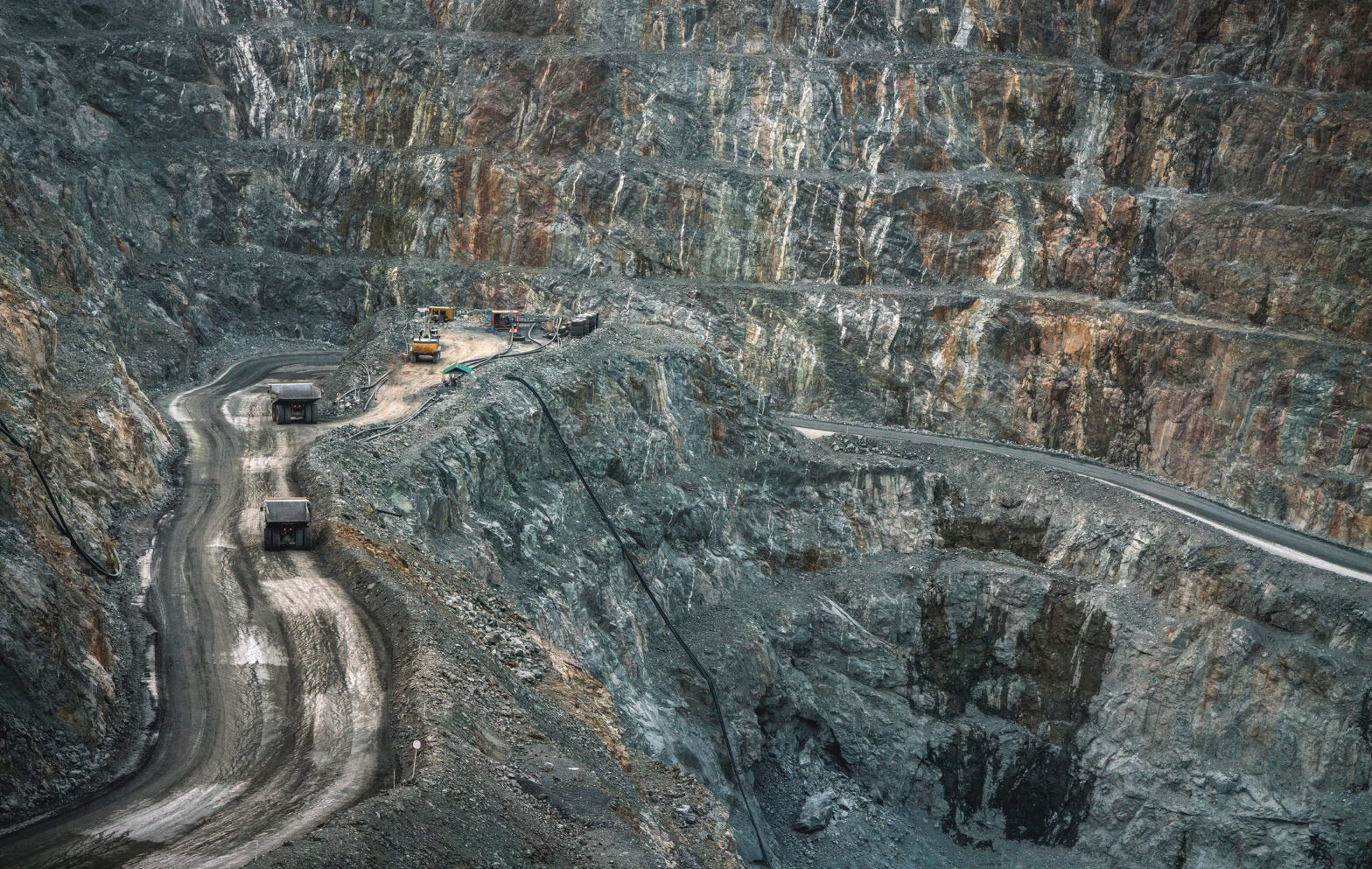Morningstar’s equity research team has created a framework to measure the greatest ESG risk to investors from different mineral resources – with 37 identified as having a highly concentrated supply or relatively low reserve/production ratio.
In the research note Mineral Resource Use: Not So Much a Bottomless Pit, authors Grant Slade, senior ESG analyst, and Dana Sasarean, ESG research associate director for Sustainalytics, said the expanding global population, rising living standards in developing economies, and “relevant megatrends” such as the global transition to mineral-intensive renewable power generation, are putting increased pressure on Earth’s non-renewable mineral resources.
As a result, ESG risks for industries reliant on mineral resource-derived inputs are also rising, compounding the risks posed by supply chains issues and geopolitics.
“With these realities in mind, we’ve developed a framework to distinguish between the mineral resources that pose the greatest ESG risk to investors, which we designate as Mineral Resources of Supply Concern, or MRoSC, and those that are less problematic. In turn, we map the major industrial applications of MRoSCs to identify which subindustries MRoSC-related risks tend to mingle around,” the note said.
The team identified 37 MRoSCs and revealed there are 25 subindustiries with “meaningful” exposure out of a total of 139.
The electronic components, electrical equipment, steel and specialty chemicals subindustries are the most exposed to MRoSCs.
“This is to be expected given the extent of advanced electronic components used in the manufacture of their products,” the authors said. “The speciality chemicals subindustry also sits near the top of this list, owing to the extensive list of MRoSC applications in the production of specialist catalysts manufactured by the subindustry.
“Perhaps less intuitive is the inclusion of the likes of the metal and glass packaging subindustry, owing to the minerals added to glass in the manufacturing process. The medical devices subindustry is another less obvious one with MRoSC exposures, which include rare earths used in optical and medical imaging technologies.”
To mitigate these risks, the pair said investors must demand better corporate disclosures on use of materials, This, they said, will allow “for a more precise understanding of the risk posed to enterprise value by MRoSCs and other critical materials.”
In addition, they said three ways to play the MRoSC theme are through “undervalued moaty stocks with low MRoSC exposure, high MRoSC exposure stocks at a heavy discount, and a wide-moat highly MRoSC-exposed watchlist”.
“Investment opportunities exist in aerospace and defense, auto parts and electronic component subindustries,” they added.








